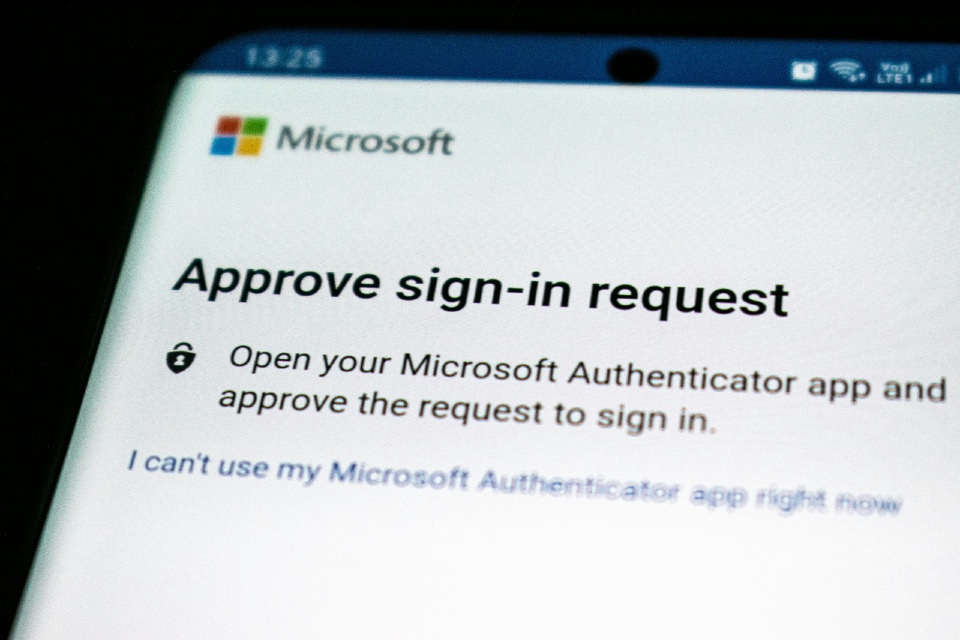EU adopts new laws to combat money laundering

The European Parliament has adopted a package of laws strengthening the EU’s toolkit to fight money-laundering and terrorist financing, ensuring that people with a legitimate interest, including journalists, media professionals, civil society organisations, competent authorities, and supervisory bodies, will have immediate, unfiltered, direct and free access to beneficial ownership information held in national registries and […]
AI now the key tool for amateurs committing financial crime

Nearly 70% of the 600 fraud-management, anti-money laundering, and risk and compliance officials surveyed in BioCatch’s first-ever AI-focused fraud and financial crime report say criminals are more adept at using artificial intelligence to commit financial crime than banks are at using the technology to stop it. Equally concerning, around half of those same fraud-fighters report an increase in financial crime activity in the […]
MULTI-FACTOR AUTHENTICATION MONTH: Deploying multi-factor security across multiple sectors

For anti-fraud professionals, the fight against unauthorised access is a constant battle. While passwords have long been the first line of defence, cybercriminals are becoming increasingly adept at cracking them. This is where Multi-Factor Authentication (MFA) steps in as a powerful tool, adding an extra layer of security and significantly reducing the risk of fraud […]
Visa delivers new Click-and-Mortar’ solutions

Visa has unveiled new solutions for merchants who serve the new fast-growing segment of ‘Click-and-Mortar’ shoppers, who rely on digital features to shop both online and in-store. “The payments sector has made significant strides in simplifying the consumer shopping experience. In doing so, the payments ecosystem has become more complex and fragmented for sellers — […]
Spain continues trends towards digitisation of payments

The Spanish card payments market is forecast to grow by 8.9% to reach EUR402.6 billion ($435.4 billion) in 2024, supported by a constant consumer shift towards electronic payments. GlobalData’s Payment Cards Analytics, reveals that card payment value in Spain registered a growth of 22.5% in 2022, driven by a rise in consumer spending. The value is […]
MULTI-FACTOR AUTHENTICATION MONTH: How MFA became a fraud fighter’s favourite dance partner

For years, online fraudsters have waltzed through checkout pages, leaving a trail of stolen identities and empty wallets in their wake. But the tide is turning. Multi-factor authentication (MFA), once a niche security measure, has become a vital weapon in the fight against merchant fraud. Here’s how… The Rise of the Extra Layer: Traditional online […]
If you specialise in Multi-Factor Authentication Solutions we want to hear from you!

Each month on Fraud Prevention Briefing we’re shining the spotlight on a different part of the market – and in May we’ll be focussing on Multi-factor Authentication Solutions. It’s all part of our ‘Recommended’ editorial feature, designed to help industry buyers find the best products and services available today. So, if you specialise in Multi-factor Authentication Solutions and […]
VIDEO: Why the Fraud Prevention Summit is your essential event for 2024

The Fraud Prevention Summit will provide you with a rare full working day of industry networking, learning and connection building – will you be attending? – Secure your free place today! 6th November 2024 | Hilton London Canary Wharf Watch our attendee experience video to find out more about what to expect at the event! Your pass will be fully funded to attend as […]
Report highlights cost of financial crime compliance in North America

Financial crime compliance costs have increased for 99% of financial institutions in the US and Canada, with the total cost reaching US$61 billion across both countries. LexisNexis Risk Solutions released the findings of its latest True Cost of Financial Crime Compliance Study – U.S. and Canada study, which was conducted by Forrester Consulting, Mid and large-sized financial […]
Mastercard x Worldpay collab seeks to reduce merchant chargebacks

Mastercard and Worldpay have formed a new partnership they claim will help merchants to resolve transaction disputes faster and with fewer chargebacks. Chargebacks – a request for a refund triggered when a consumer disputes a transaction on their account – are a growing issue: industry-wide chargeback volumes are expected to reach 337 million by 2026, […]

